History and fashion have a habit of repeating themselves. Multiple wars have been waged over the exact same thing, millennia apart; and what we eat and what we wear seems to be cyclical.
Case in point: the Maya, a millennia-year-old civilisation who came to be in Mexico’s Yucatán Peninsula and spread across swathes of Central America, recognised for their temples, glyphs and highly sophisticated understanding of astronomy. They also happened to hold nature and wellness in high regard.
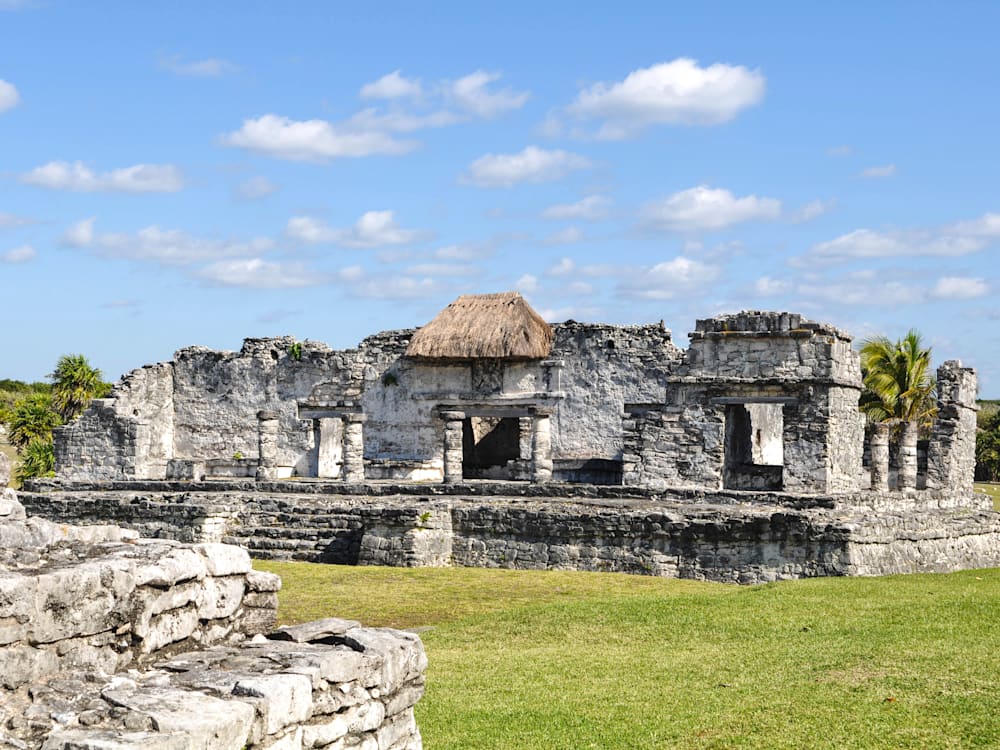
The Yucatán’s most famous town is arguably Tulum, a longtime haven for backpackers, bohemians and the nomadic work-from-home crowd, all drawn by its laidback character and cluster of beachside independent boutiques, thatched cafés and treehouse-style bed and breakfasts.
That being said, plenty seem to have forgotten about Tulum’s history as one of the last cities built and inhabited by the Maya and its role as a thriving seaport between the 13th and 16th centuries – history that’s still visible today if you know where to look.
Venture off Tulum’s tourist track and you’ll find some of the best-preserved examples of Maya civilisation in the whole of the Yucatán Peninsula, including the Coba ruins. Built in much the same style as world-famous Chichén Itzá – albeit more compact.
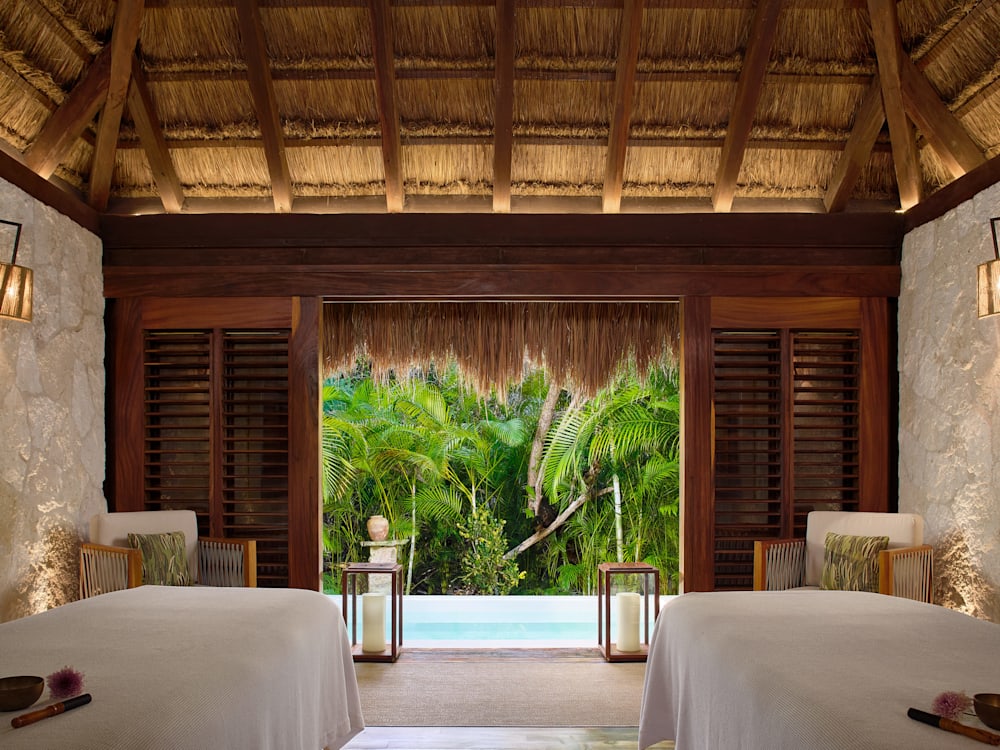
When Spanish colonists invaded, signalling the end of Maya rule, Tulum’s inhabitants fled inland, seeking refuge, literally and figuratively, in the jungle.
The invaders tried to purge the region of its culture and traditions and convert its people to Catholicism – with mixed success. As recently as three years ago more than 70 per cent of the population identified as Catholic, but those same people also mark centuries-old Maya holidays, perform Maya rituals and prepare food akin to how their ancestors once did.
In the 1800s, explorers and archeologists began excavating Tulum and the wider peninsula and found, among other artefacts, Maya incense-burners. They primarily used copal, an amber-coloured tree resin rich in triterpenes which have been scientifically proven to alleviate anxiety. Restoration of Maya ruins and relics continues to this day, and so does a restoration of sorts of their way of life (human sacrifice not included).
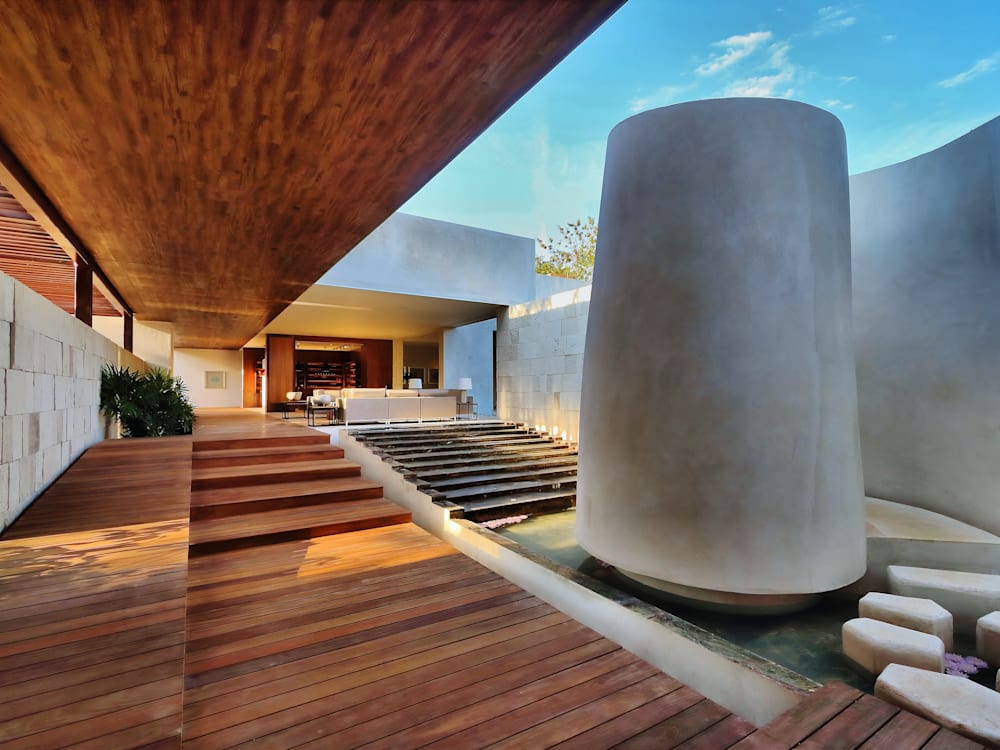
At Chablé Maroma, a hotel on the Riviera Maya (the stretch of coastline between Cancún and Tulum), spa treatments start with an optional harmonisation – a brief, standing meditation that takes place around a bowl of burning copal and other garden herbs, and to the rhythmic dirge of hand-held drums.
Back in Tulum, a roster of luxury and boutique hotels have been similarly inspired. At Our Habitas Tulum, guests can partake in a Maya clay ritual; at La Valise the massages all have Maya names.
At Chablé Yucatán, Maroma’s sister hotel in the Peninsula’s interior, free tours of the former hacienda finish with generous glugs of cacao-infused water. Similar to other Mesoamerican cultures – the Aztecs; the Incas – the Maya held cacao in high regard.
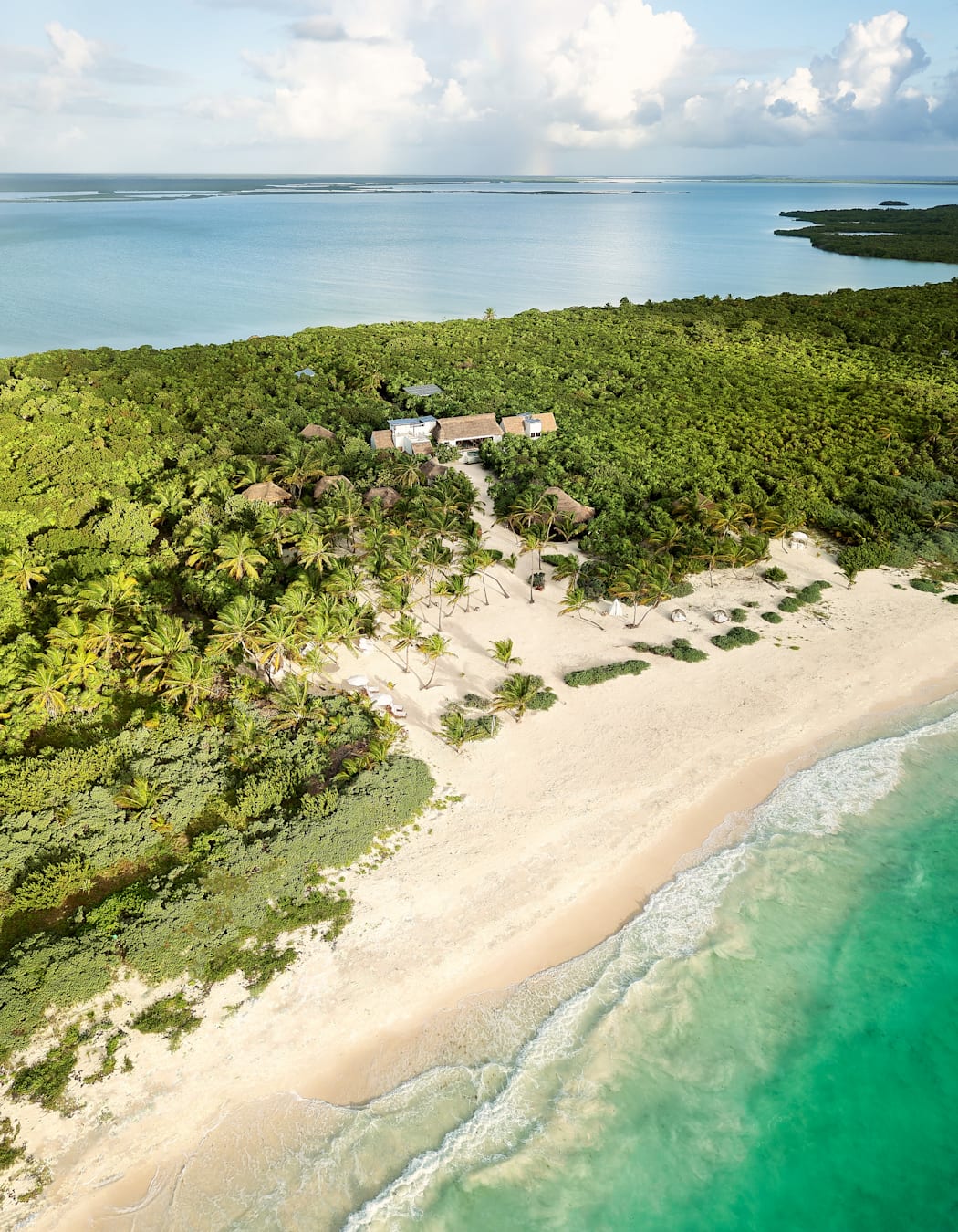
It was used as currency, burned as offerings to the gods and ground down and consumed in liquid form by warriors and the elite, who coveted its energy-boosting properties. The cacao water mixed today is often sweetened and flavoured with a little brown sugar and a pinch of cinnamon.
Chablé Yucatán’s spa – with a swimming pool, 10 treatment rooms and wooden yoga deck – sprawls around a cenote, a type of pearlescent blue, water-filled sinkhole common to this part of Mexico. The Maya people revered these deep and cavernous craters and believed that they were a portal to the earth’s centre, and that their depth equalled the space above; the space between earth and heaven; the space separating mortals and gods.
Burrowed away in a jungle clearing, a short walk from the spa, you’ll find Chablé’s temazcal or, for want of a more glamorous translation, sweat lodge. These low-slung, igloo-shaped huts dot the Yucatán landscape, the sites of Ancient Maya sacred rituals. Inside, a central well is filled with hot volcanic rocks, pungent herbs and cleansing copal.
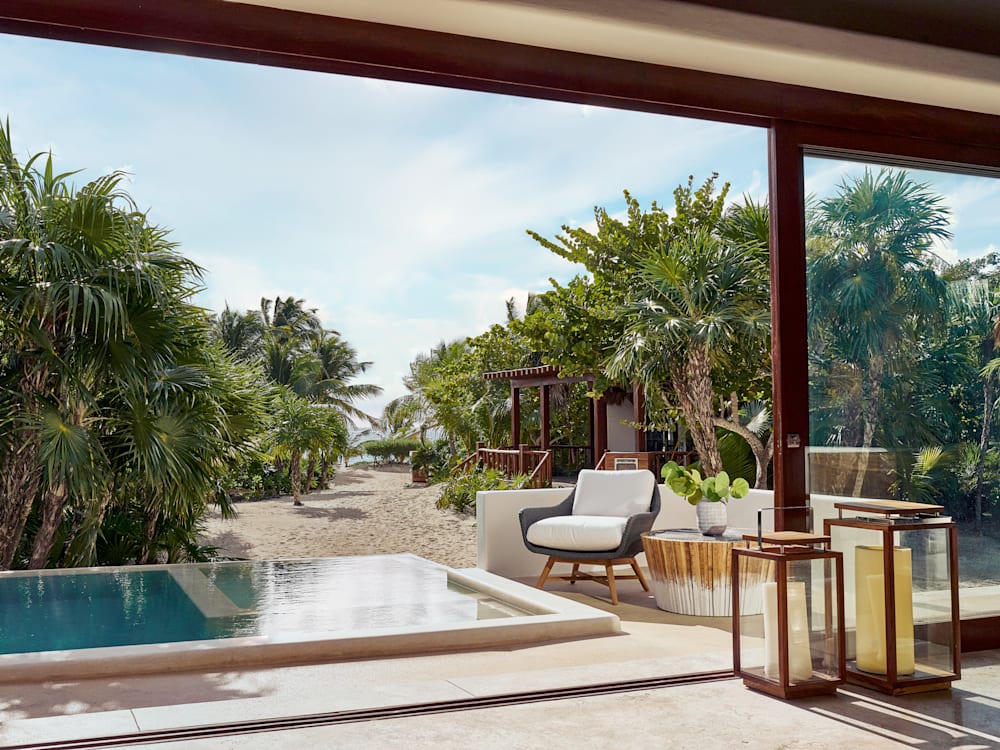
You’re sealed in for four 20- to 30-minute stints, while water is poured into the well, hissing as it meets fiery rock, pushing up veils of thick steam. Talking, chanting and the shaking of rattles is encouraged; half way through chunks of aloe vera are passed around for you to split open, its gloopy, viscous centre a calming balm for hot, sweaty skin.
Some people report being hit with sudden, searing memories of being in their mother’s wombs. Centuries ago, Maya women used to labour inside the temazcal; today, it’s more common for them to visit after birth in an act of purification.
And the healing continues at Casa Chablé, the group’s latest venture inside the Sian Ka’an Biosphere, south of Tulum. Intersperse ‘gratitude walks’ with spells of jungle-bathing, meditate on the beach, and let ancient wisdom inform meltingly relaxing massages. Its 10 bedrooms are best accessed by a local, flat-bottomed boat capable of skimming across shallow canals carved out of gnarled mangrove swamps by the Maya more than a thousand years ago. Just another way that the Yucatán Peninsula is determined to keep the spirit of its ancestors alive.
For a stronger dose of magic in Mexico, check out our collection of hotels in the Yucatán. Or, for more spoiling, take a look at our cosseting cache of spa hotels.



